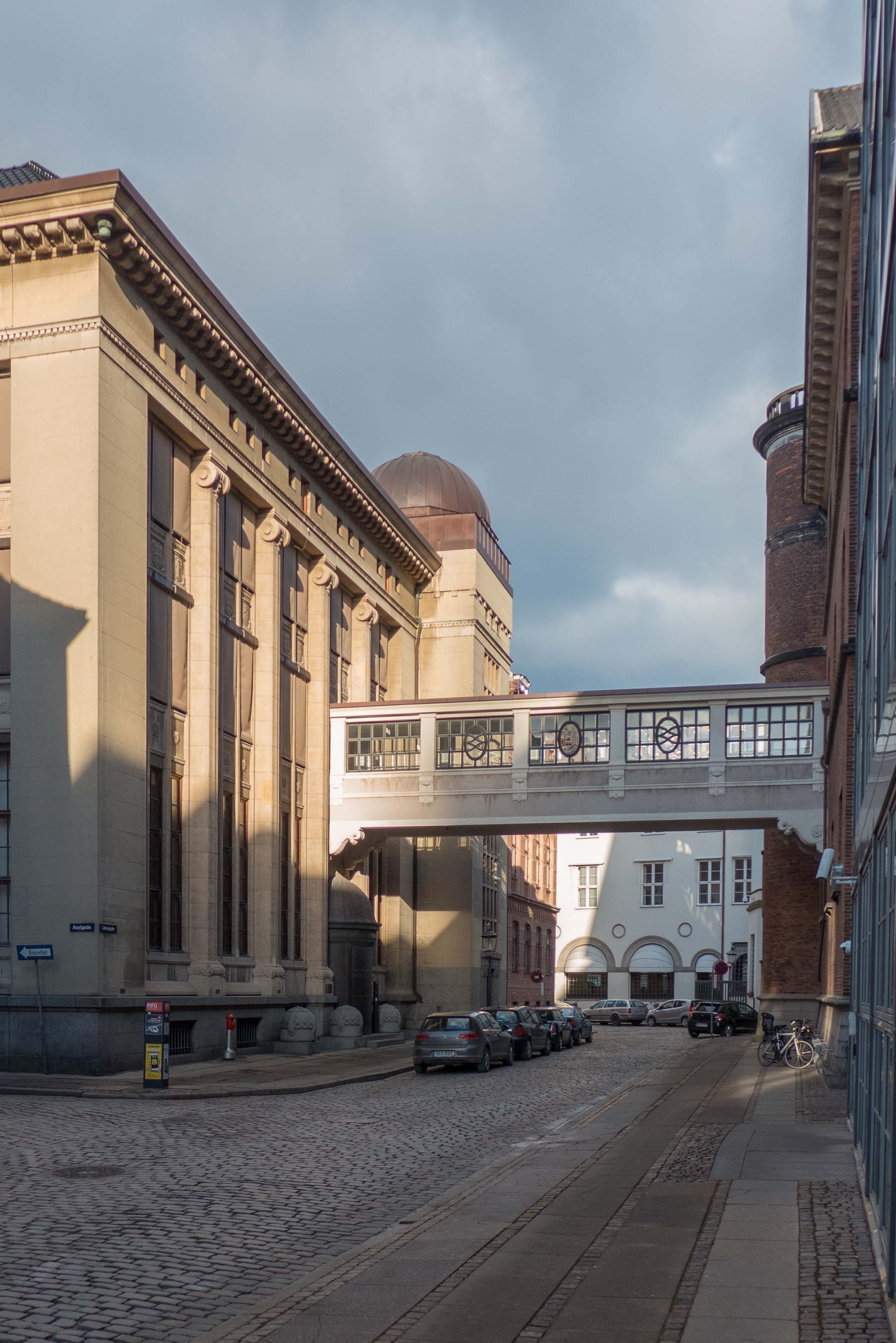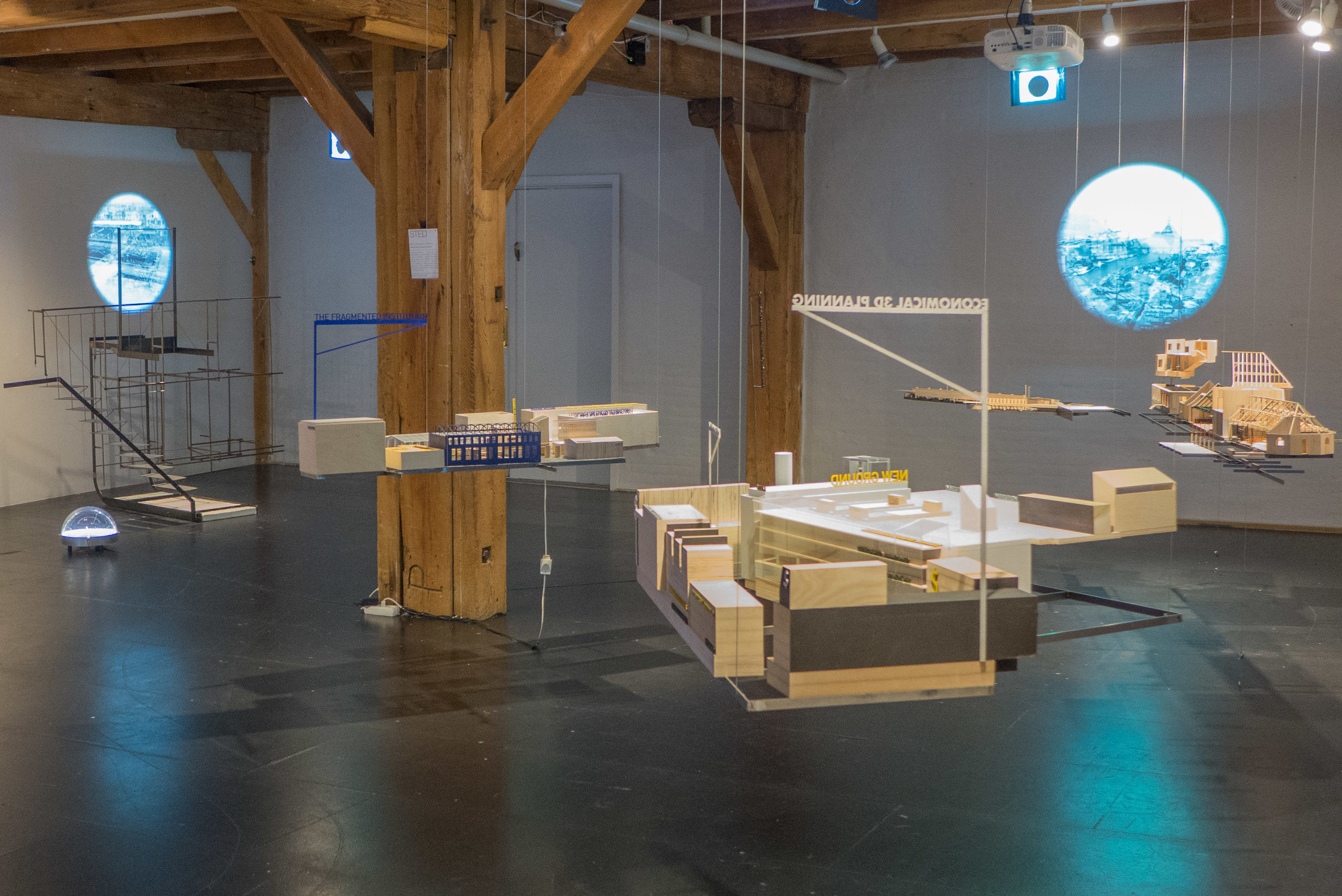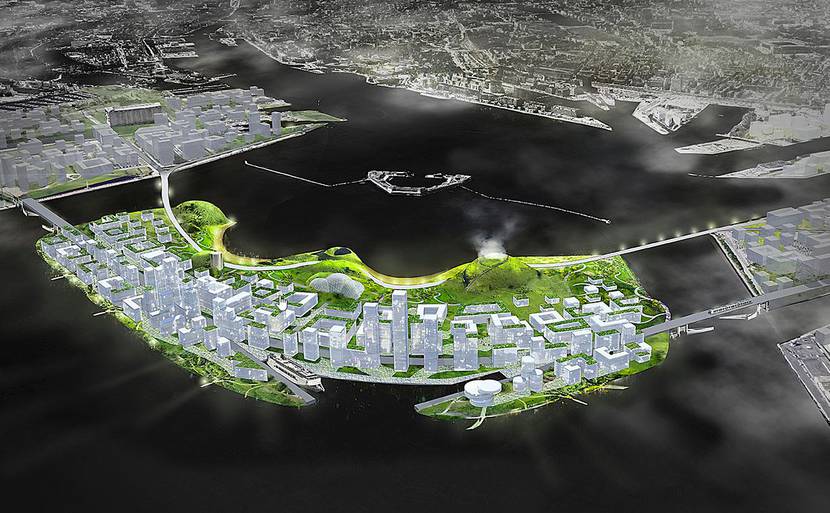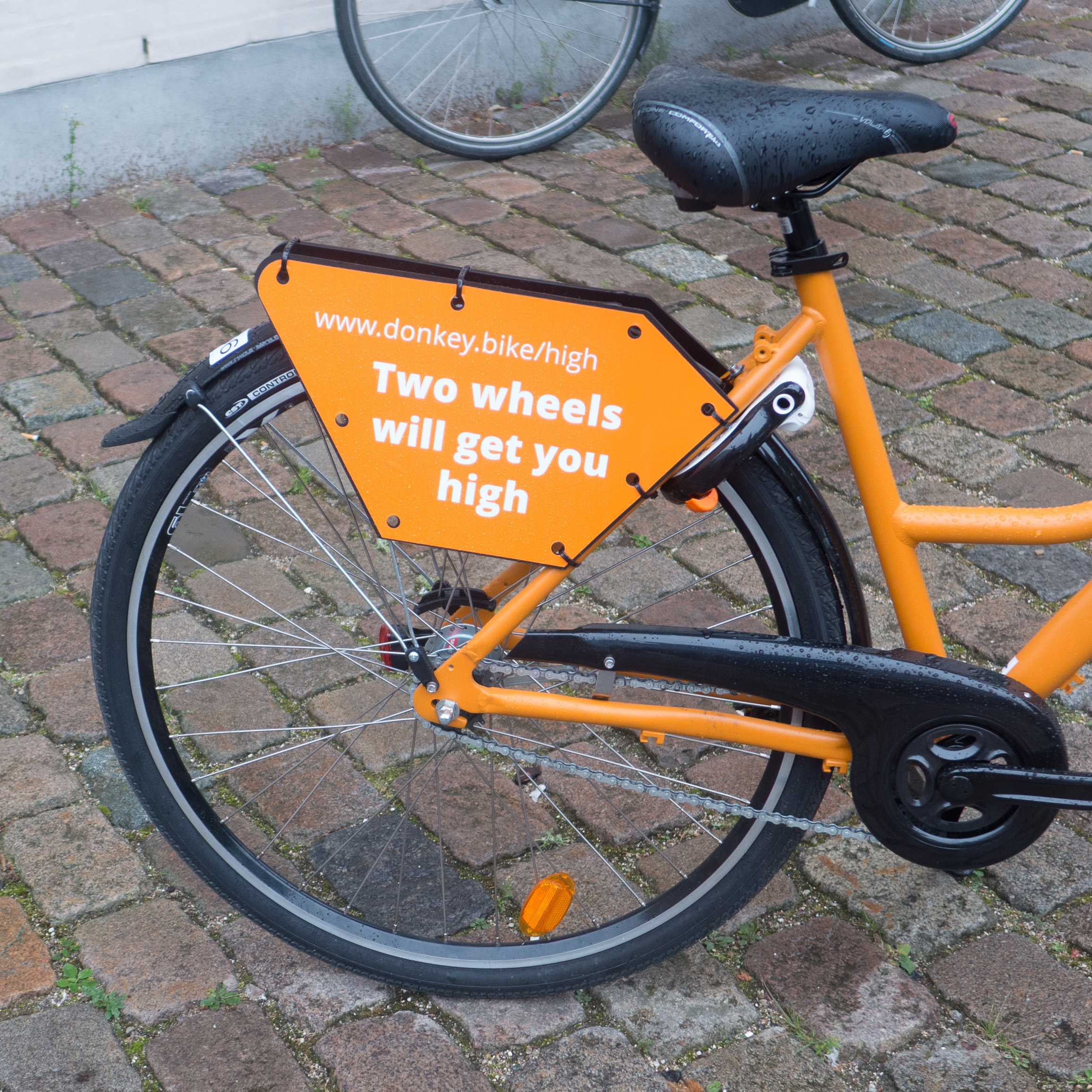headquarters of Danske Bank to move
/the frontage along Holmens Kanal from the south ... the major square, Kongens Nytorv, is to the right and Holmens Church and, beyond the church, Christiansborg are to the left
the square of Kongens Nytorv is to the top right-hand corner and the buildings that are presently occupied by the bank are towards the centre - the arc of buildings above and facing on to the canal on this map drawn in the 18th-century
the bank from the north - from the edge of the square. The fine house that forms the north part of the present bank was the mansion of the shipowner Erich Erichsen and was built for him in the 1790s from designs by Caspar Frederick Harsdorff although Erichsen died in 1799 ... before it was finished
Danske Bank is to move from its buildings in the centre of Copenhagen, where they have been based, for almost 150 years.
This move raises some interesting points … not least because it reflects significant and ongoing changes in the financial and commercial history of the city.
Here, in their present buildings at Holmens Kanal - in a group of major historic buildings to the south of the the great square at Kongens Nytorv - Danske Bank is immediately opposite the National Bank of Denmark and was 200 metres from Børsen - the Borse or Exchange - and barely 250 metres from Christiansborg and all the offices of parliament and, more recently, has been within sight of the rival, Nordea Bank, and the Foreign Ministry on the opposite side of the harbour so this site has been very much at the centre of the political, business and financial life of the city.
But that World runs differently now … there are more players than just the big banks and they are spread across the city and these old buildings, with grand banking halls, no longer seem appropriate for the way that people have to work or do business but I do regret that I will no longer be able to go into the banking hall and sort things out that need to be sorted out face to face.
It’s curious …. we talk about clothes and music and TV or films changing fast because they look dated or unfashionable … but surely a lot of those changes are superficial … about the colour or cut. Much more fundamental changes come through with little more than a shrug. Banking halls with counters where money was paid in or taken out have been phased out over little more than twenty years after being the main interface between a bank and its customer for 200 years or more but the cash machines that first appeared in the 1960s or was it the 1970s … the “hole-in-wall” machines … are already disappearing as we move with little protest to phone or on-line banking and cash-less payments for almost everything. And these are not just quaint details of social history but do have an impact on planning and on the way we use the buildings and streets of our city centres.
And there have been other changes in the way that we live, day to day, that have had a similar impact on the buildings that were once crucial … so the main post office in the centre of the city went over a year ago and, as with these imminent and inevitable changes to the bank buildings, there are also changes to the dynamics of these areas … knock-on consequences in terms of planning not least about how and when people come to these areas.
There are proposals for a major remodelling of Laksegade - the street immediately behind the present buildings of Danske Bank - which is hardly bustling with life but these are good buildings and provide some areas of quiet that are a counterbalance to wall-to-wall commerce with block after block of shops. One of the really important things that differentiates Copenhagen from so many cities is that so many people live right in the centre and there are areas of relatively quiet and relatively less commercialised life.
This is a complicated group of tightly packed but substantial historic buildings of different dates and different forms so it will be interesting to see the proposed schemes as the bank moves out and the developers move in.




































































